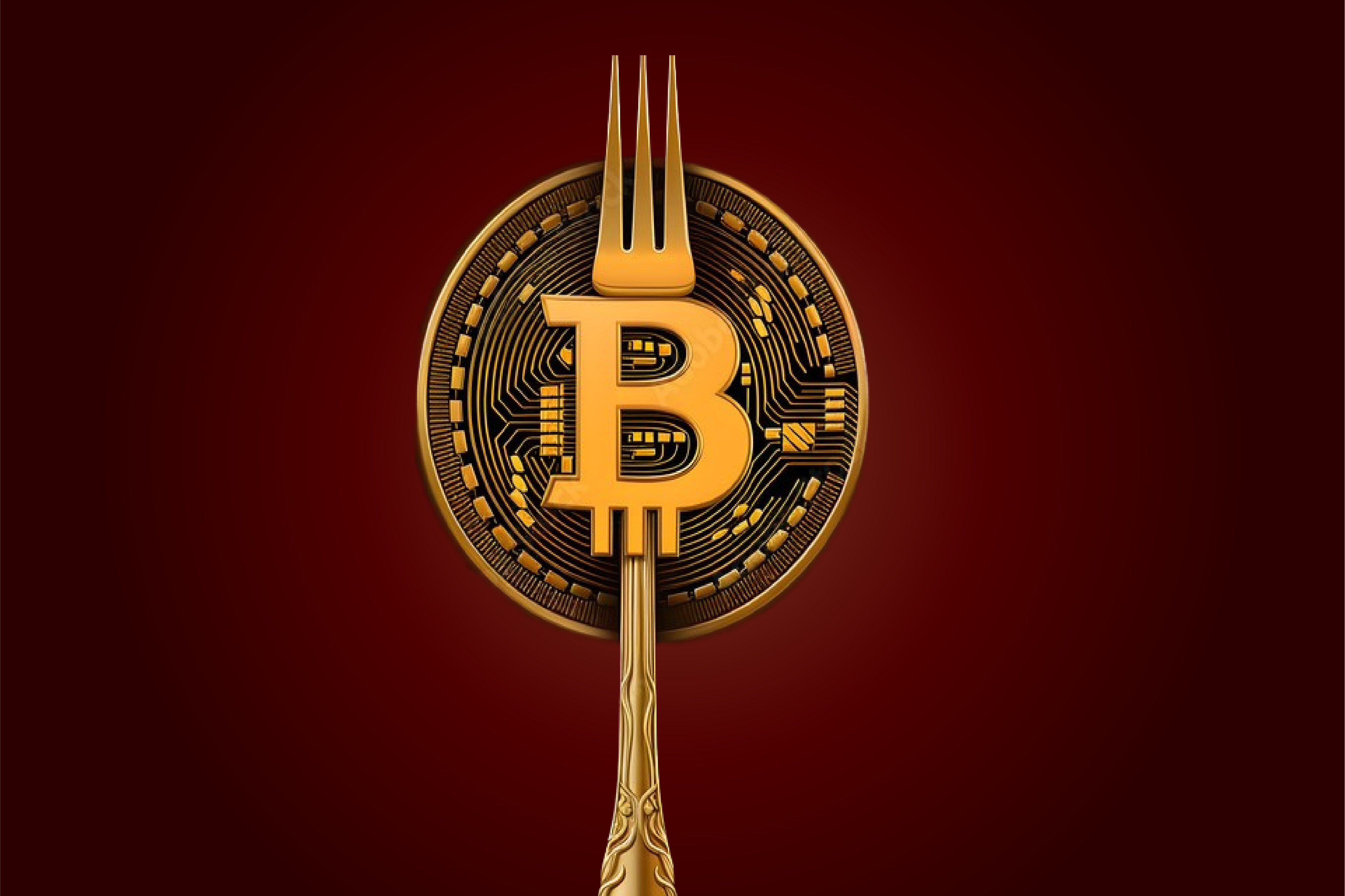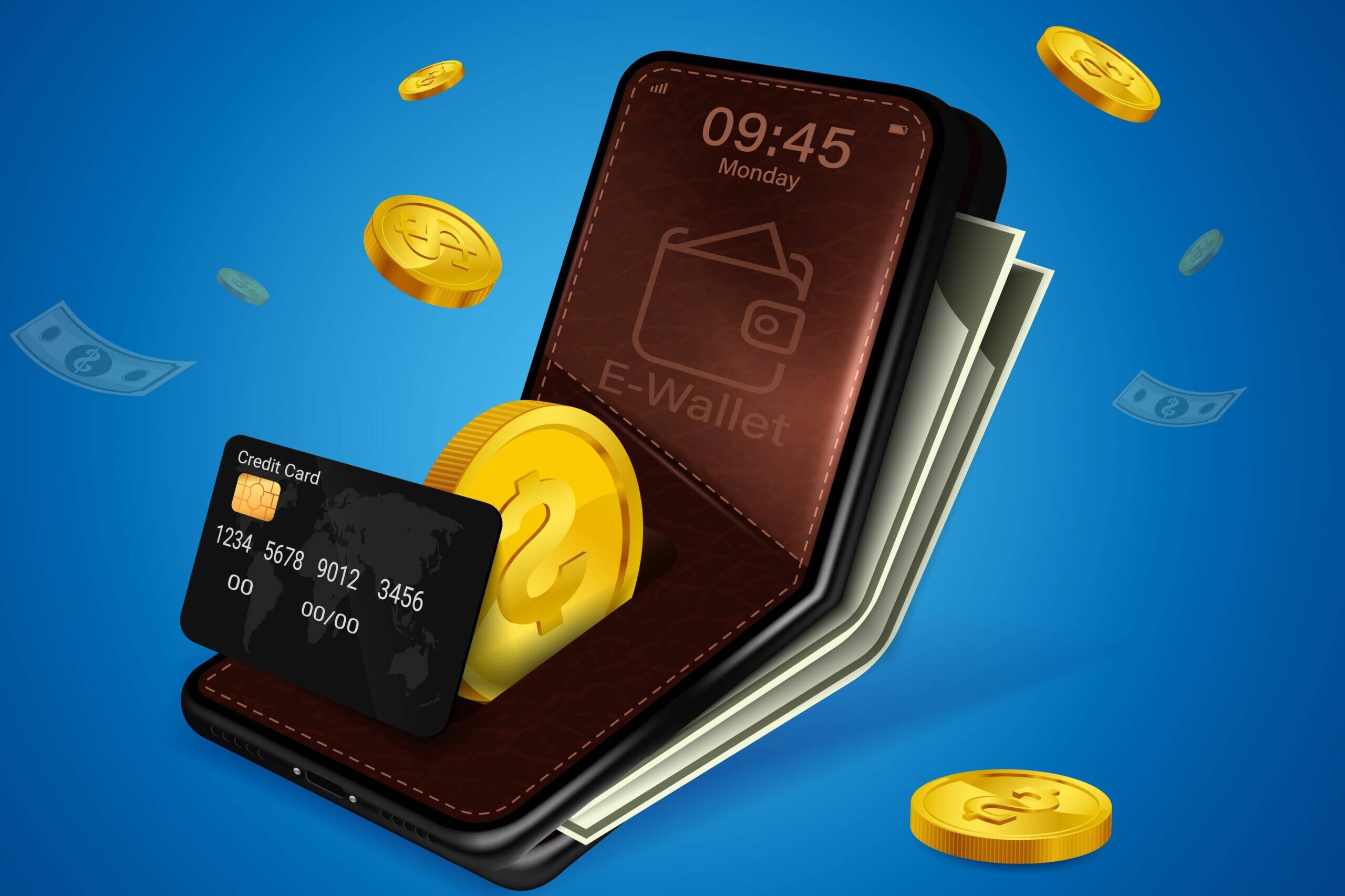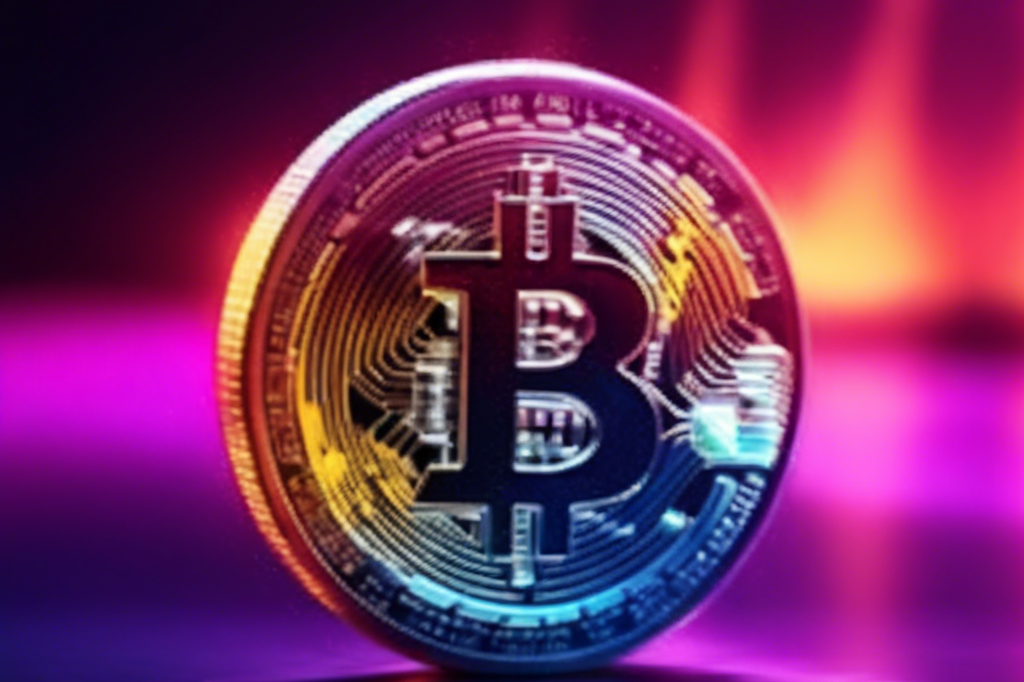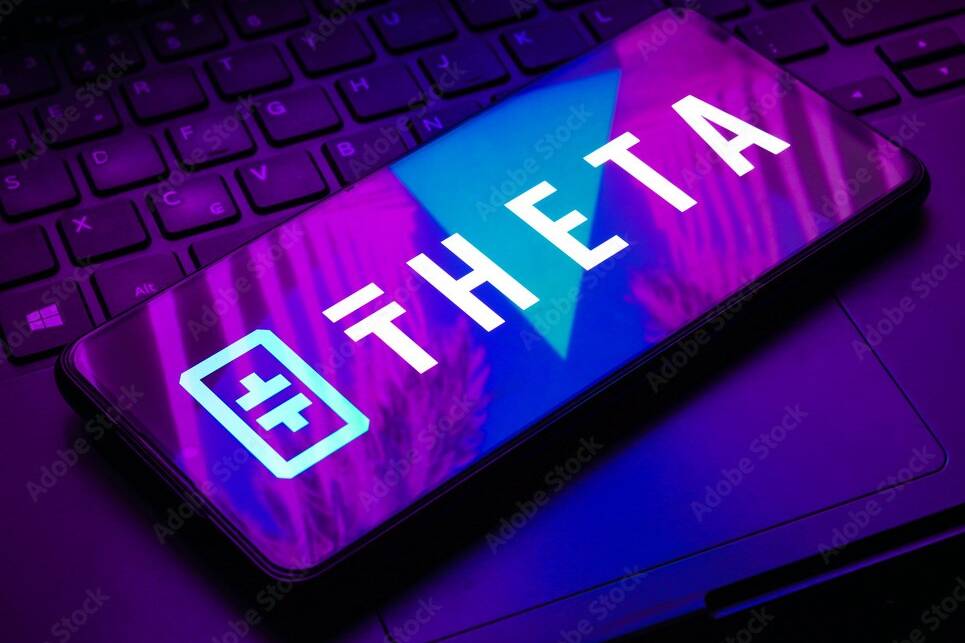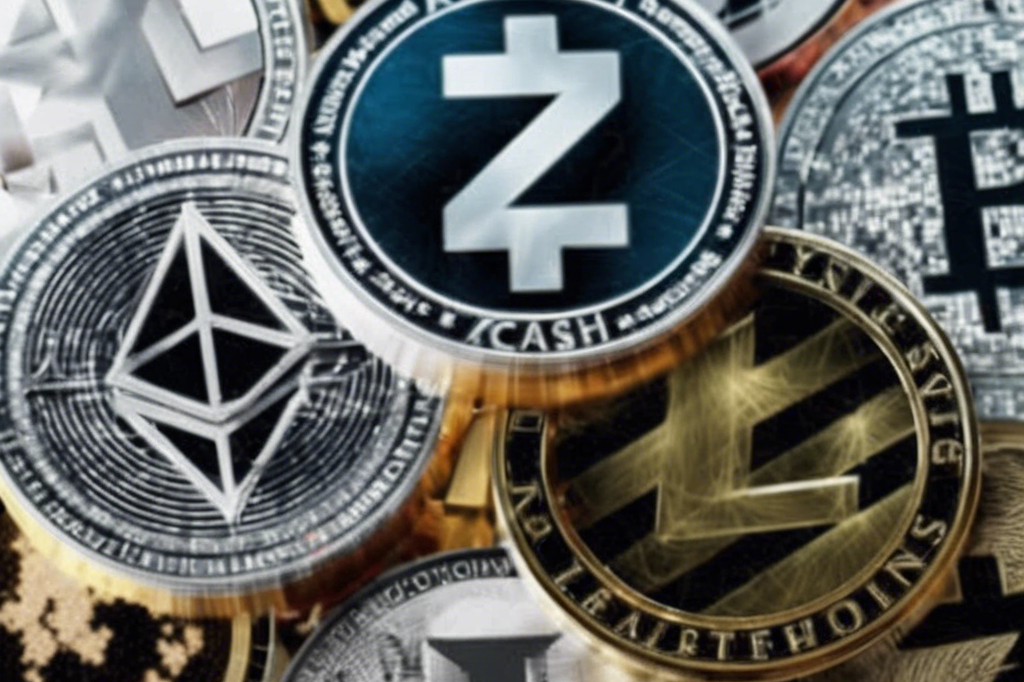April 5, 2024
Non-Fungible Token (NFT): What It Means and How It Works
Introduction to NFTs
Non-Fungible Tokens, or NFTs, have become a significant trend in the digital world, revolutionizing the way we understand ownership and value in the digital realm. Unlike cryptocurrencies such as Bitcoin or Ethereum, which are fungible and can be exchanged on a one-to-one basis, NFTs are unique digital assets that represent ownership of a specific item or piece of content. This uniqueness is what makes NFTs valuable and appealing in various industries, from art and music to gaming and beyond.
Understanding Fungibility
To grasp the concept of NFTs, it is essential to understand the difference between fungible and non-fungible assets:
- Fungible Assets: These are assets that are interchangeable with each other. For instance, one Bitcoin is equal to another Bitcoin. Similarly, fiat currencies like the US dollar are fungible; one dollar bill is equivalent to another.
- Non-Fungible Assets: These are unique and cannot be exchanged on a one-to-one basis. Each asset has distinct properties that differentiate it from others. Examples include real estate, art, and collectibles.
What Are NFTs?
NFTs are digital tokens that utilize blockchain technology to verify and record ownership and provenance of a unique item. These tokens are created using smart contracts on various blockchain platforms, most commonly Ethereum. Each NFT has specific information encoded in it, such as the creator’s details, ownership history, and metadata that describes the asset.
How NFTs Work
-
Creation (Minting):
- Digital Creation: An NFT can represent any digital item, including art, music, videos, virtual real estate, in-game items, and more.
- Minting Process: The creation of an NFT involves “minting,” a process where the digital item is recorded on the blockchain, making it immutable and verifiable. This process includes embedding metadata, such as the creator’s information and unique characteristics of the digital item.
-
Ownership and Provenance:
- Blockchain Ledger: The ownership and transaction history of the NFT are stored on a blockchain ledger. This ensures transparency and traceability, allowing anyone to verify the authenticity and ownership of the NFT.
- Smart Contracts: Smart contracts govern the transfer and sale of NFTs. These self-executing contracts with the terms of the agreement directly written into code enable trustless transactions without the need for intermediaries.
-
Buying and Selling:
- Marketplaces: NFTs are typically bought and sold on specialized online marketplaces such as OpenSea, Rarible, and Foundation. These platforms provide a user-friendly interface for creators to mint and list their NFTs and for buyers to browse and purchase them.
- Cryptocurrency Transactions: Transactions for NFTs are usually conducted using cryptocurrencies, most commonly Ether (ETH), the native currency of the Ethereum blockchain.
-
Storage:
- Digital Wallets: NFTs are stored in digital wallets, which provide secure storage for these tokens. Wallets such as MetaMask, Trust Wallet, and Coinbase Wallet are popular choices for NFT storage.
- Interoperability: While NFTs are often associated with Ethereum, other blockchain platforms such as Binance Smart Chain, Flow, and Tezos also support NFTs, offering different features and advantages.


Use Cases of NFTs
-
Digital Art:
- Ownership and Royalties: NFTs allow artists to tokenize their digital art, ensuring ownership rights and enabling them to earn royalties on secondary sales.
- Digital Galleries: Online platforms and virtual galleries provide spaces for artists to showcase and sell their NFT artworks.
-
Music and Entertainment:
- Music Albums and Rights: Musicians can release albums or individual tracks as NFTs, granting exclusive access or ownership to fans.
- Fan Engagement: NFTs offer unique experiences such as backstage passes, exclusive content, and interaction opportunities with artists.
-
Gaming:
- In-Game Assets: NFTs represent unique in-game items, characters, and virtual real estate that players can buy, sell, and trade.
- Interoperability: Some games allow NFTs to be used across multiple platforms, enhancing their value and utility.
-
Virtual Real Estate:
- Virtual Worlds: Platforms like Decentraland and The Sandbox allow users to buy, sell, and develop virtual land and properties.
- Monetization: Owners can monetize virtual real estate through leasing, advertising, and hosting events.
-
Collectibles:
- Digital Collectibles: NFTs represent digital collectibles such as trading cards, sports memorabilia, and limited-edition items.
- Scarcity and Value: The rarity and uniqueness of these collectibles drive their value and demand.
Challenges and Criticisms
-
Environmental Concerns:
- Energy Consumption: The process of minting and transacting NFTs on blockchain networks like Ethereum requires significant computational power, leading to high energy consumption and environmental impact.
- Sustainability Initiatives: Some blockchain platforms are exploring more energy-efficient consensus mechanisms, such as Proof of Stake (PoS), to mitigate these concerns.
-
Market Speculation:
- Volatility: The NFT market is highly speculative, with prices for certain NFTs experiencing extreme volatility.
- Bubbles and Risks: There is a risk of market bubbles, where the perceived value of NFTs can plummet, leading to significant financial losses for investors.
-
Copyright and Ownership Issues:
- Intellectual Property: Ensuring the rightful ownership and copyright of digital content can be challenging, as NFTs can be created and sold without proper authorization.
- Legal Framework: The legal framework surrounding NFTs is still evolving, with ongoing discussions about intellectual property rights, taxation, and regulatory compliance.
Conclusion
NFTs represent a transformative innovation in the digital economy, offering new ways to own, trade, and monetize digital assets. While the technology is still in its nascent stages, the potential applications of NFTs are vast, spanning various industries and creative domains. As the market matures and addresses current challenges, NFTs are poised to play a significant role in shaping the future of digital ownership and value exchange.
Whether you are an artist looking to monetize your work, a gamer seeking unique in-game assets, or an investor exploring new opportunities, NFTs offer a compelling and innovative avenue to explore. Understanding the fundamentals of NFTs, their creation, and their use cases can help you navigate this exciting and dynamic landscape.


